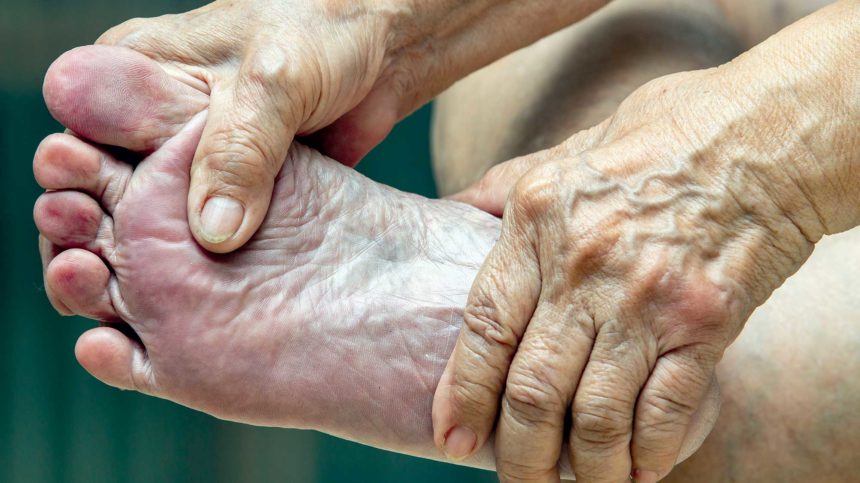
The recent increase in diabetes-related nontraumatic amputations has been notably severe in adults aged 65 years or younger, but a new study finds a rising rate of toe and foot amputations in older adults as well.
An analysis of Medicare claims among fee-for-service beneficiaries showed that rates of amputations in people with diabetes decreased by half between the years 2000 and 2009, from 8.5 to 4.4 per 1,000 people with diabetes. Then, from 2009 to 2017, the rates began to rise, to 4.8.
The rising trend was similar across age, sex and race and/or ethnic groups, but the absolute rates were highest among the oldest groups (aged 67 and older), and Black and male beneficiaries, investigators said. The increases were driven by toe and foot amputations. Below-the-knee and above-the-knee leg amputations continued to decline.
“Preventive foot care has been shown to reduce rates of nontraumatic lower-extremity amputations among adults with diabetes,” said Jessica L. Harding, Ph.D., an expert in diabetes-related complications from Emory University School of Medicine. “[The findings] suggest that those with diabetes — across the age spectrum — could benefit from increased attention to this strategy.”
Among long-term care residents, the prevalence of diabetes ranges anywhere from 25% to 34%, according to varied studies. The majority of lower extremity amputations in people with diabetes are due to diabetic foot ulcers, often caused by reduced blood flow and/or neuropathy.
Full findings were published in the July issue of Diabetes Care.



